Before we go any further, I want to admit that headline is a little misleading. I won’t be addressing every kind of motorcycle helmet here – just full face and flip front (aka, modular) lids. Because those are the ones I trust.
RELATED: What You Need to Know About Riding Jeans
I really, really like the look of, say, a Bell Custom 500 open face, but then I think about where all the scratches were on my helmet after I crashed last year and it makes me wince. Those deep ruts in the chin bar and across the visor caused by Florida highway – that would have been my face. Since I’m already pretty unattractive and I have a low pain threshold, I’d prefer to avoid such an experience.
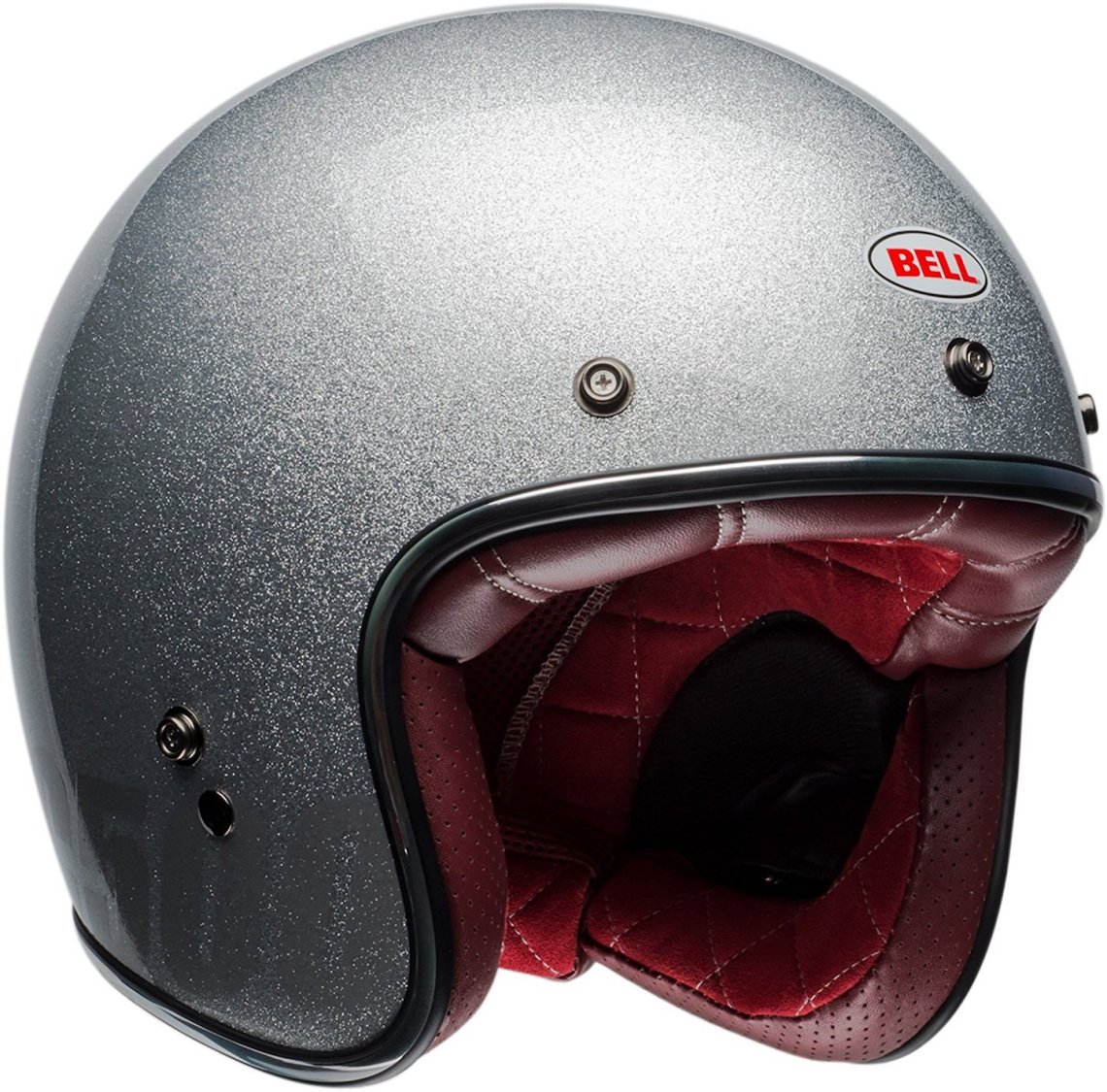
Related to that, every once in a while you’ll hear someone raising the question of just how sturdy those chin bars on flip fronts really are. Would they break or pull off in a high-speed crash? Truth is, there’s no real evidence to support such an assertion. SHARP testing suggests they may not be as durable in a side-impact crash as a full face, but certainly they’re as good as or better than a three-quarter/open-face helmet.
And, really, unless you’re silly enough to bring a flip-front helmet to a track there’s nothing to worry about. (Cue picture of Chris on a track wearing his Schuberth C3 Pro flip front). When I’m out and about, I prefer to wear flip fronts because they are so convenient. Especially in city situations. Personally, I’m confident this kind of helmet is good for every kind of public road use.
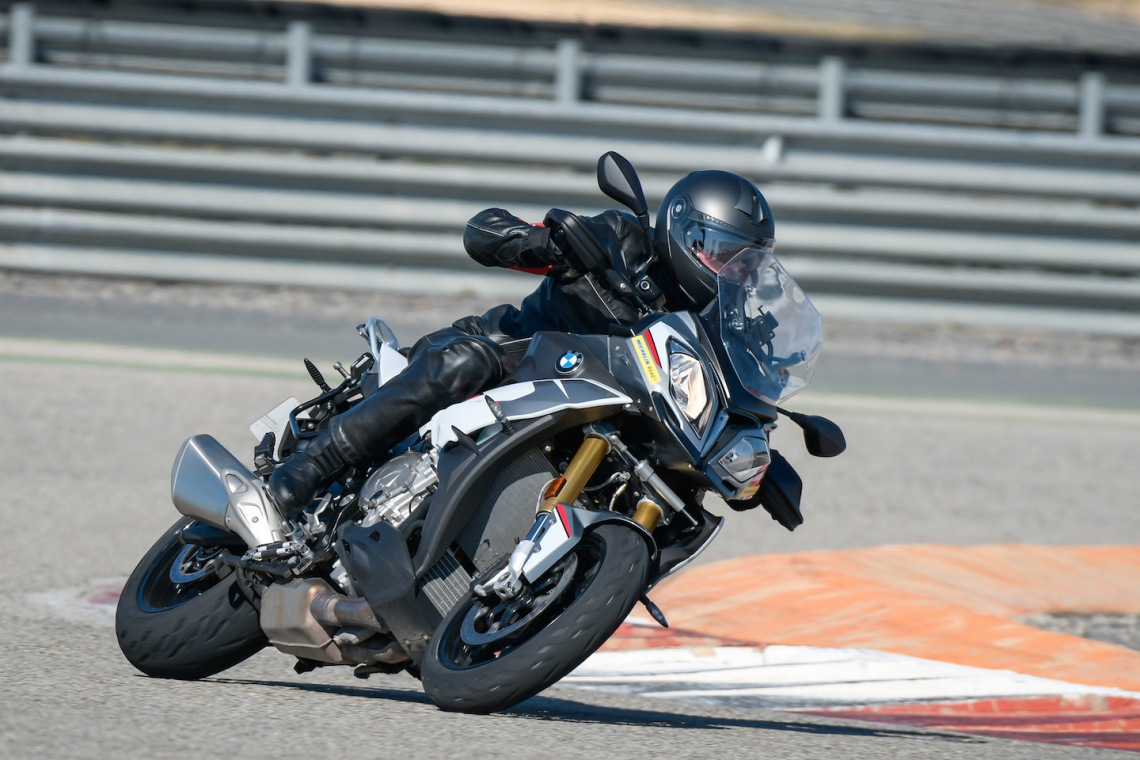
Regardless of what kind of helmet you choose, there are a number of things to consider before opening up your wallet:
The Basics
First and foremost, your helmet needs to fit. You want your helmet to be snug, but not so tight it will cause pain. The caveat, however, is that a brand new helmet may, in fact, feel a little uncomfortable while the padding compresses and adjusts to the exact contours of your face. Most importantly, you want to make sure your helmet won’t shift around. If you’re able to shake it loose in the shop, it’s going to be no good at high speed.
So, do your best to find a brick-and-mortar store where you are allowed to try on several helmets from several different manufacturers. Admittedly, that’s easier said than done. For example, in my little corner of the world, I know that Fowlers Motorcycles, in Bristol, has rows and rows of lids available. But it’s an hour’s ride away – an hour and a half if I hit traffic. That’s hardly convenient.
READ MORE: Shoei RYD – Helmet Review
With internet sites like Revzilla (in the US) and Get Geared (in the UK) dominating the gear sales market there are increasingly few large spots like Fowlers. If no such physical place exists near you, your next best bet is to head to a big motorcycle show. You’ll be able to interact with a number of manufacturers and I guarantee they’ll be eager for you to try on their helmets.
For more information about helmet fit, check out this old YouTube video in which Arai helps Jay Leno find the right helmet.
Related to how a helmet fits is how it stays secured to your head: the good ol’ chin strap. For the longest time, helmets were secured using the tried and true double D ring system: two metal rings through which the chin strap is threaded. By and large, race helmets still opt for this system, as many riders believe it to be the most reliable.
If you get a helmet with this type of fastening you’ll probably want to spend a little time in front of a mirror practicing the art of securing it. Because the drawback to the double D ring is that it can be somewhat fiddly, requiring you to thread the chin strap correctly without being able to look at it, holding your hands in a somewhat awkward position that can be exacerbated by the confining nature of a riding jacket.
More and more, you’ll find non-racing helmets that use a ratchet system. This is the system that exists on both my Schuberth C3 Pro and Shoei Neotec II. I have also heard of, but not yet encountered, helmets that use a simple buckle. The old boys don’t trust these types of fastening, in part because of a concern that its plastic will wear out. Perhaps to answer this, many manufacturers, including Shoei, have begun to use metal ratchets.
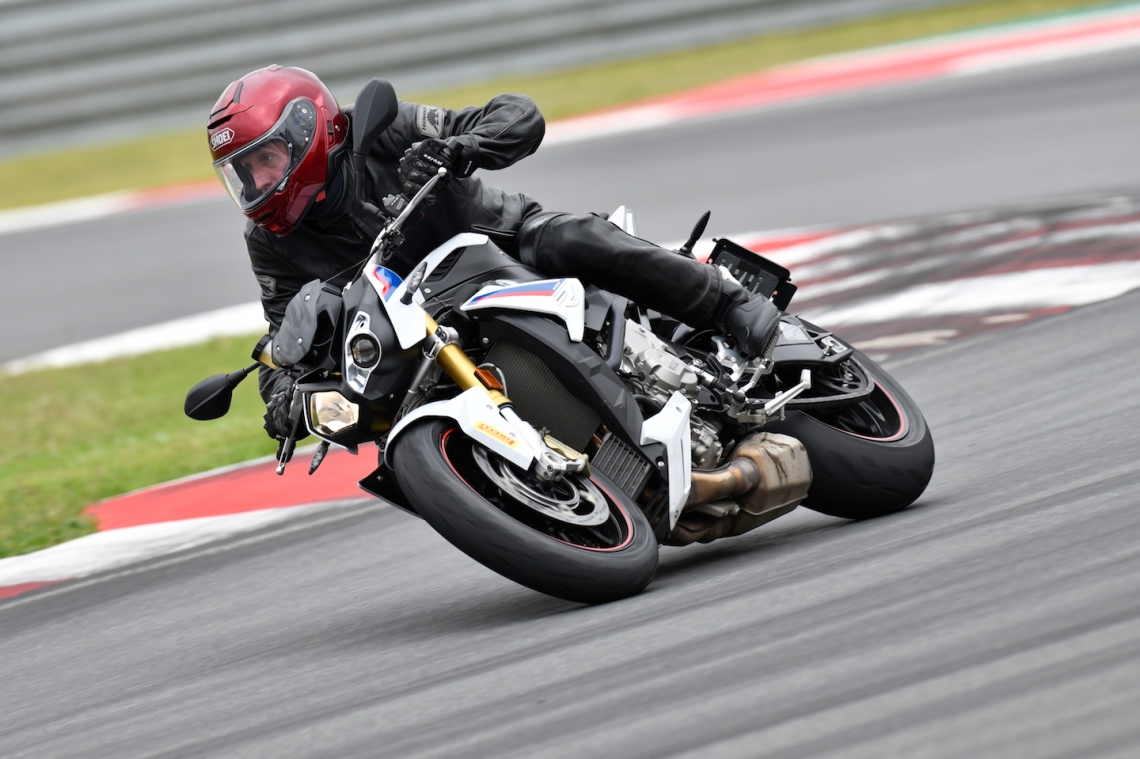
Is it Safe?
Whatever your fastening system, make sure the helmet complies with safety standards. The European Union’s incessant love of bureaucracy actually works to motorcyclists’ advantage when it comes to gear because there is testing for just about everything. When choosing a helmet you should be looking for one that conforms to ECE 22.05 testing. Truth is, no reputable seller will offer you anything else because it is illegal to wear a helmet that doesn’t conform to ECE 22.05.
In the United States, look for the DOT sticker. Not every state requires riders to wear DOT-approved helmets but why on Earth would you pay for something that isn’t?
READ MORE: Shark Skwal LED – Helmet Review
Both the ECE 22.05 and DOT certifications are signs the helmet meets basic safety requirements, but many riders hope for a little more assurance when it comes to the quality and reliability of the thing standing between their skull and the ground. This is where Snell and SHARP ratings come in.
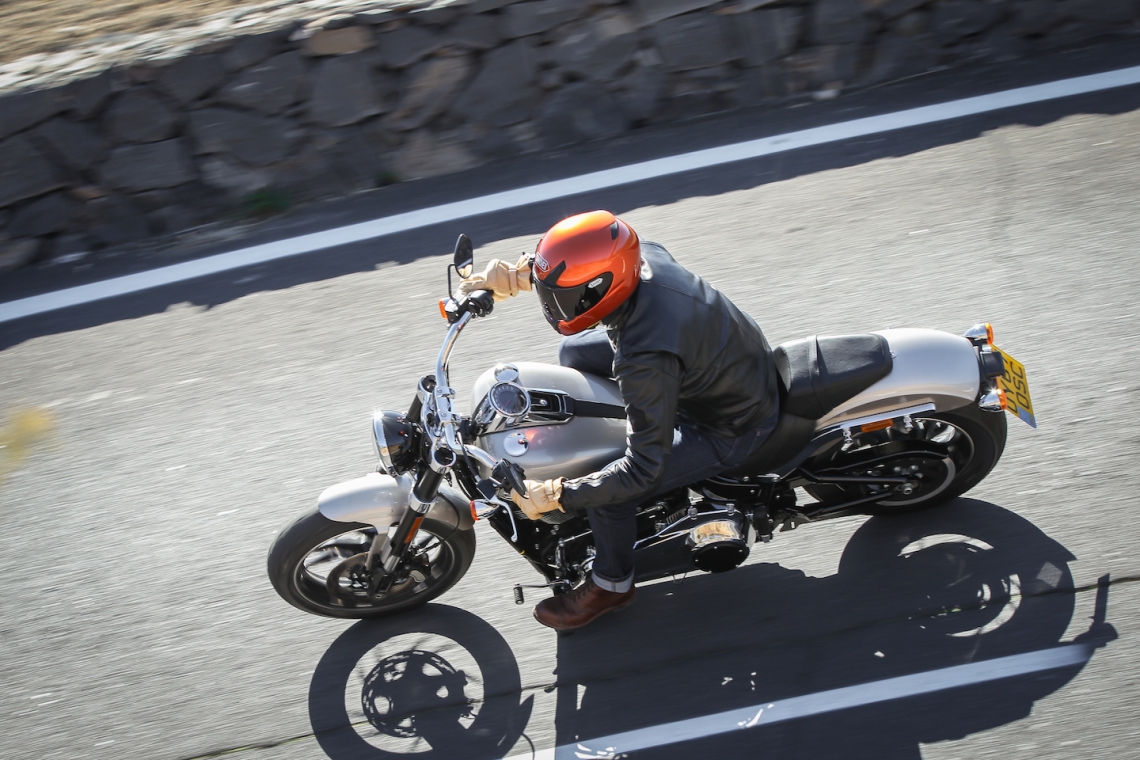
US-based Snell and UK-based SHARP use additional testing methods to try to determine just how safe a helmet is. You can get pretty lost down the rabbit hole of minutiae in discussing which certification is “better,” as each uses different testing methods. But obviously a helmet that gets the nod of approval from one or both is going to mean you can feel a little more confident it will work properly if called upon.
What Are You Using it For?
I’m kind of a slow learner, so it took me a long time to really process that different helmets have different intended uses. And intended use can have knock-on effects in all sorts of ways. So, when choosing a helmet don’t just select one that looks awesome or fits great or has a good safety rating – make sure it’s aimed at your style of riding.
For example: one of my favorite helmets at the moment is the Bell Pro Star. It is super bad-ass (and super expensive). But I’ve made no effort to get my hands on one because it is designed for sportbike riders – people who are going to be tucked close to their bikes, chest near the tank, with their head looking “up.” If you wear a sport helmet sitting upright on a touring bike or the like, its airflow properties won’t work as well as they should.
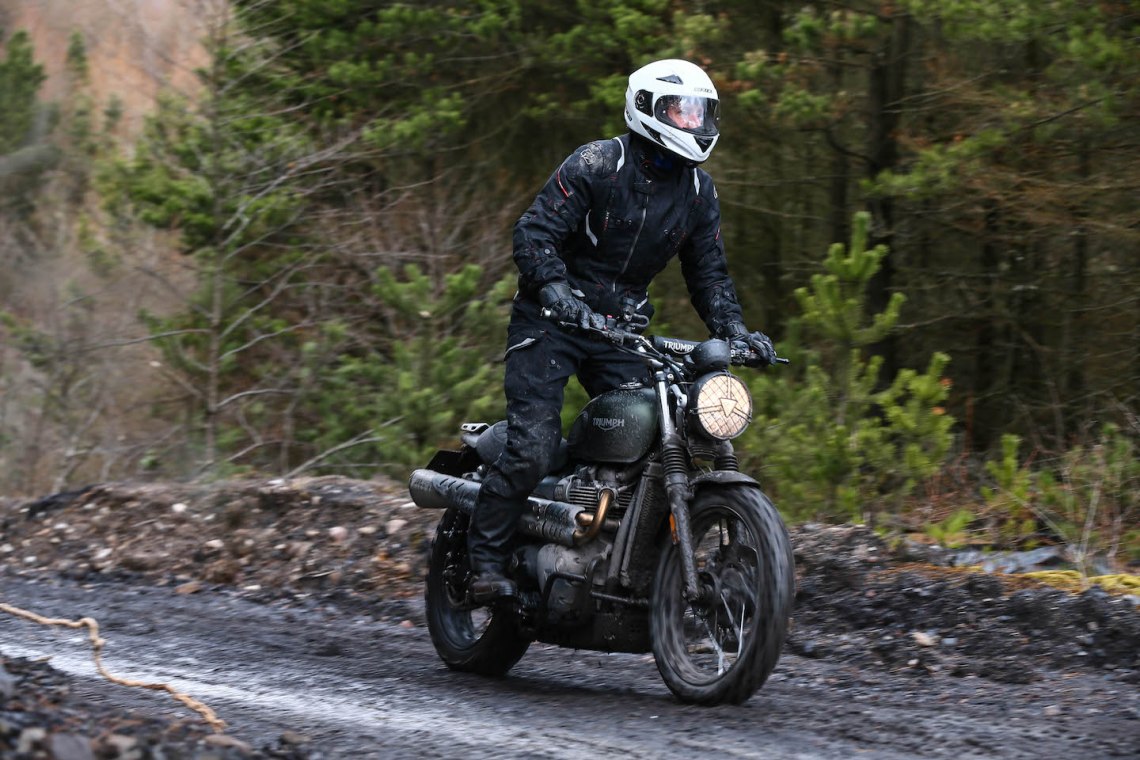
I remember learning this when wearing the sport-focused HJC RPHA 11 and riding a Triumph Bonneville Bobber. Sitting fully upright, as feels natural on the Bonneville Bobber, my head was moving around and I was uncomfortable. Tucking my head to meet the windblast with my forehead, however, turned the RPHA 11 into a damned good lid.
READ MORE: HJC RPHA 11 Pro – Helmet Review
Additionally, higher-end helmets will have certain features aimed at certain styles of riding. My touring-focused flip-front helmets, for instance, have chin skirts aimed at reducing noise and keeping out chill. In the heat of racing, it would be an annoying feature. Almost as annoying as the peaks on adventure helmets, which are godawful at highway speeds.
Fancy Stuff
Helmets are growing increasingly complex, with all sorts of nifty features being added to improve comfort and usability. One of my favorite features is a drop-down sun visor. It’s damned handy. I live in a country where the sun never stays out for long, so tinted visors can be a pain. That said, I’ll concede that tinted visors definitely look cooler. The recent development of Transitions visors, as found on the Shoei RYD (known as the RF-SR in the United States) may signal the way forward.
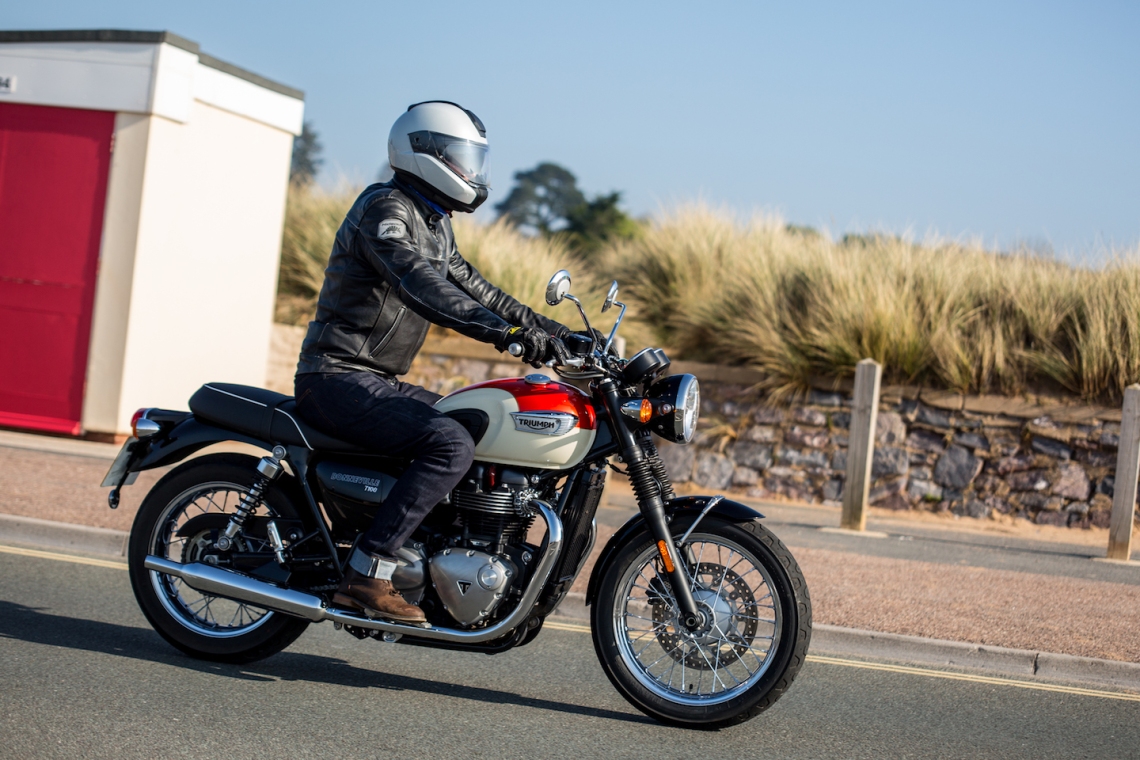
Another relatively recent development is the integration of communication tech. Companies like Sena offer a number of systems that you can install in almost any helmet, but increasingly you’ll find lids where all the hard work is done for you. My Schuberth R2, for example, comes fully equipped to accept the Sena SC1 communicator. The internal speakers, microphone, and Bluetooth antennae are already wired in, with ports in the shell for the SC1 and its battery.
Beyond that, other useful features to look for are removable interior (to make for easy washing), Pinlock (pretty much a necessity, as far as I’m concerned), and noise-reducing features like the aforementioned chin skirt. One of the more amusing features I’ve encountered recently was the LED lighting found on the Shark Skwal, designed to improve nighttime visibility.
The Challenge of Finding a Quiet Helmet
One of the holy grail quests of helmet shopping is finding a lid that’s quiet. Road noise can be distracting, as well as induce fatigue and, ultimately, hearing loss, which is why I’m a strong advocate of wearing ear plugs. Certainly, though, a quiet helmet can make things even better.

Finding that quiet helmet can be a trick, however. Very few helmet manufacturers offer decibel ratings, and even fewer motorcycle publications and websites have the finances to set up or pay for scientifically accurate testing. So, until the European Union decides to sink its bureaucratic fingers into this particular issue we’re forced to rely, by and large, on the accumulated experiences of others.
Even if helmet manufacturers did list decibel ratings we still might be in the dark because all kinds of variables can affect how much noise gets inside the helmet: what bike you’re riding, how you’re riding, where you’re riding, how fast you’re riding, how tall you are, how fat you are, your body positioning, and so on and so on.
READ MORE: What You Need to Know as a New Rider
For example, in the myriad “quietest helmet” articles you’ll find on the interwebs the Schuberth C3 Pro almost always has a place at the top of the list. That’s why I got one. But it turns out the helmet is quietest on a naked bike; it’s designed to be worn in unfettered wind blast. Get behind a screen and it’s actually pretty noisy.
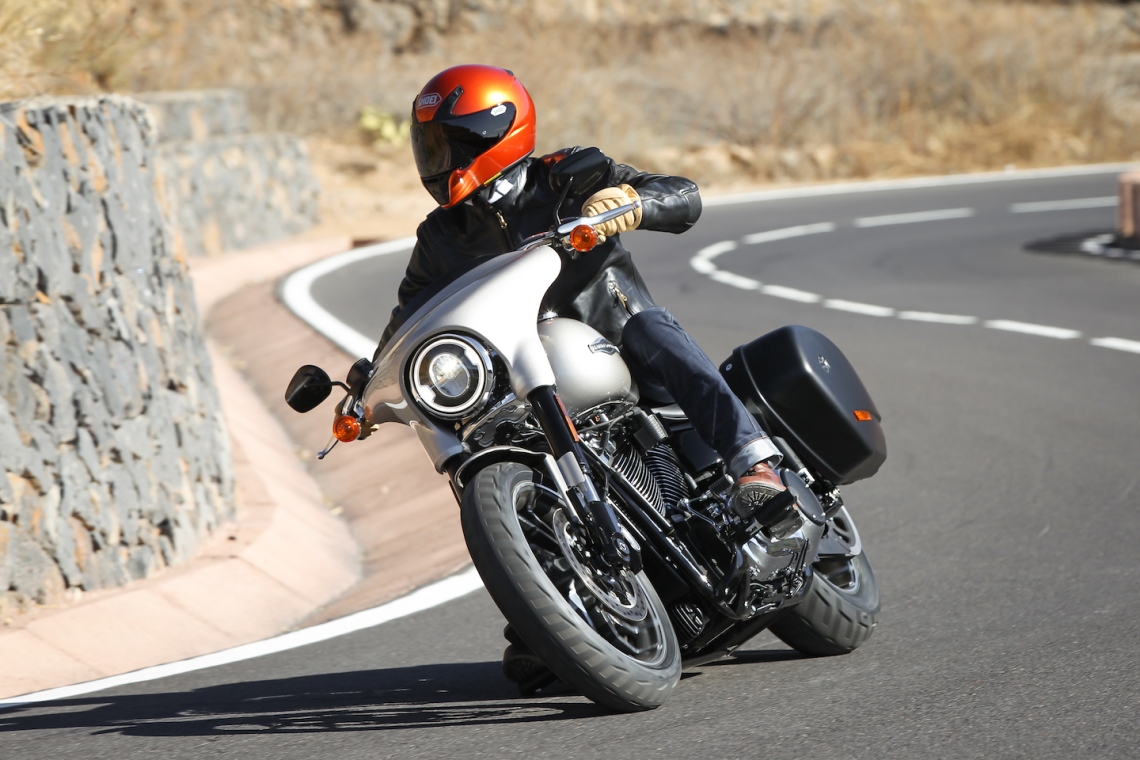
So, my advice goes back to ear plugs. Buy some and use them (disposable Howard Leight ear plugs are cheap and work well). But there are a few things to look for that are usually features of a quiet helmet.
Firstly, there’s the chin skirt I mentioned above. A lot of touring-focused helmets have these, as well as any helmet that has a built-in Bluetooth system. Beyond that, look at the helmet’s shell; the smoother the better. Anything that sticks out into the wind is going to make noise. Related to that, look for helmets with only a few simple vents.
Lastly, noise reduction is another reason to make sure your helmet fits properly. If you leave too much room inside the helmet, noise will come to join you. In helmets with too much empty space that noise will often be the low-frequency tones that can cause the most long-term damage.

